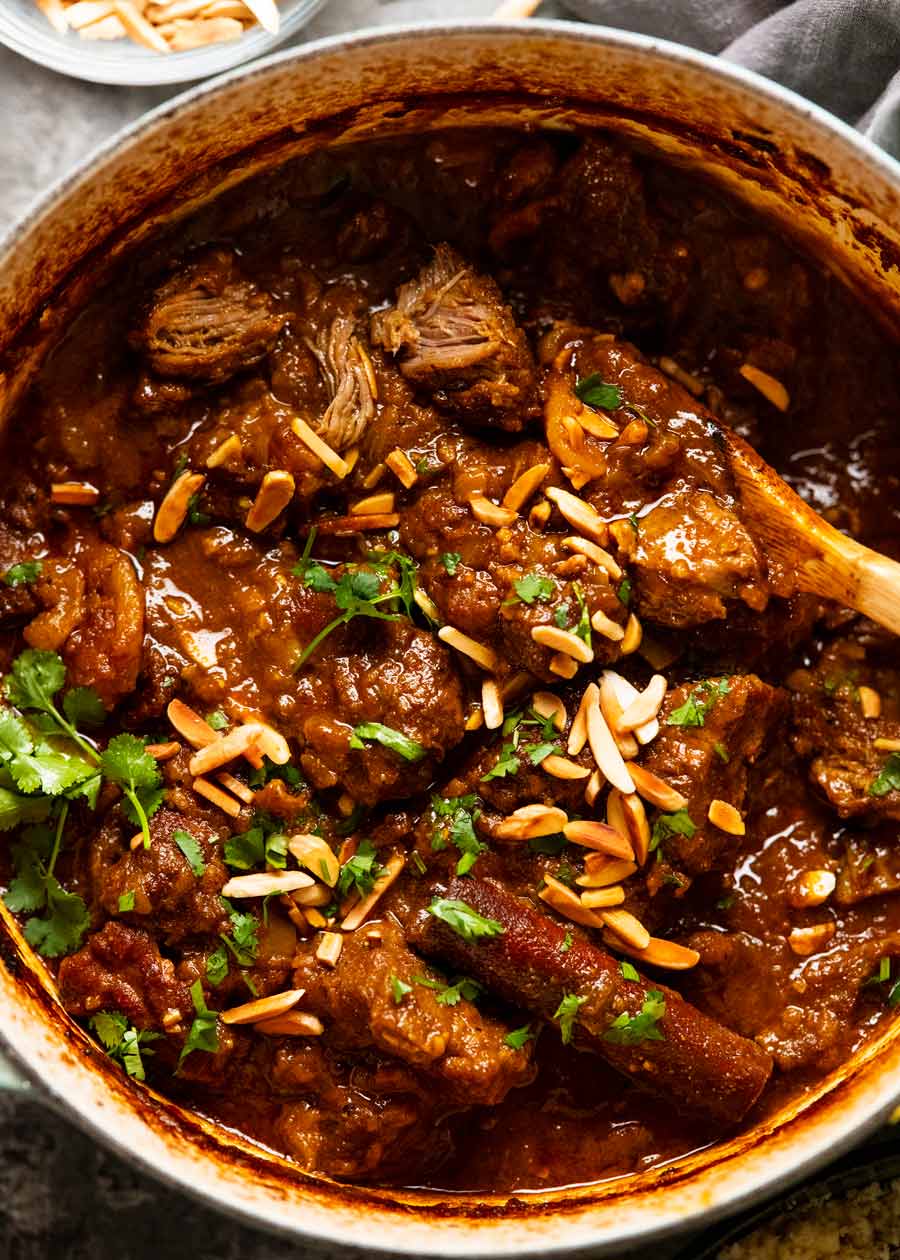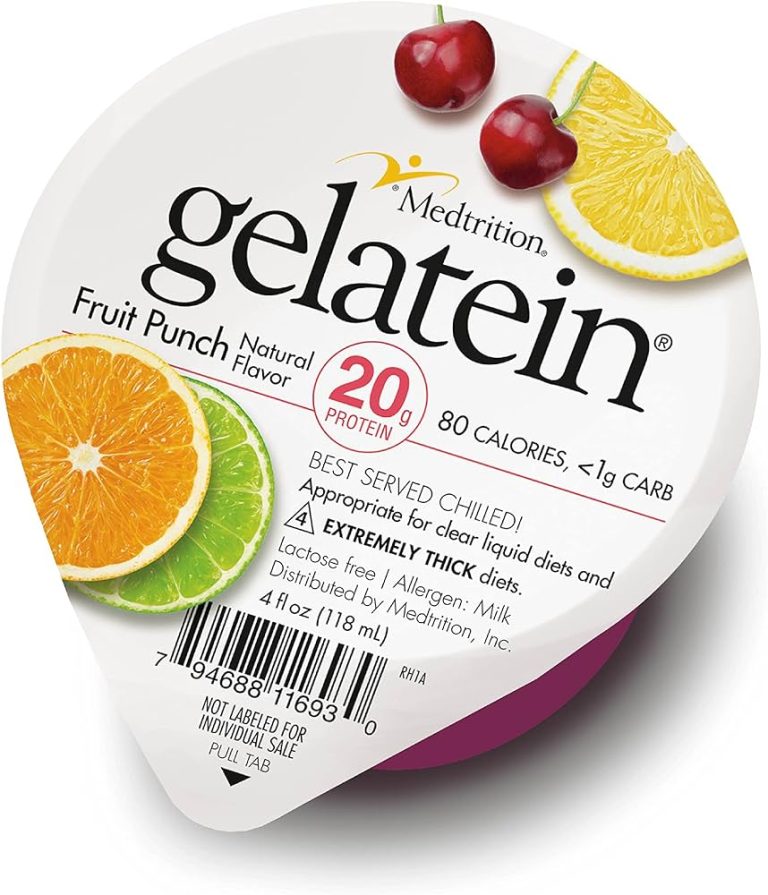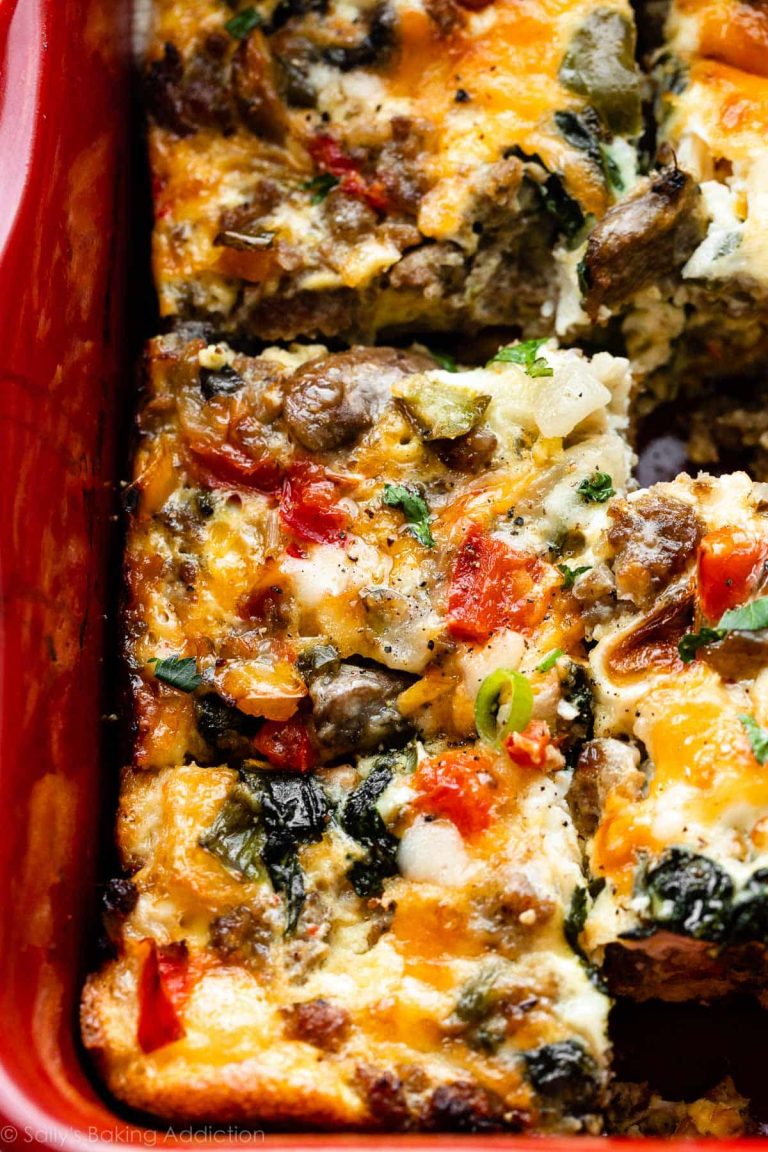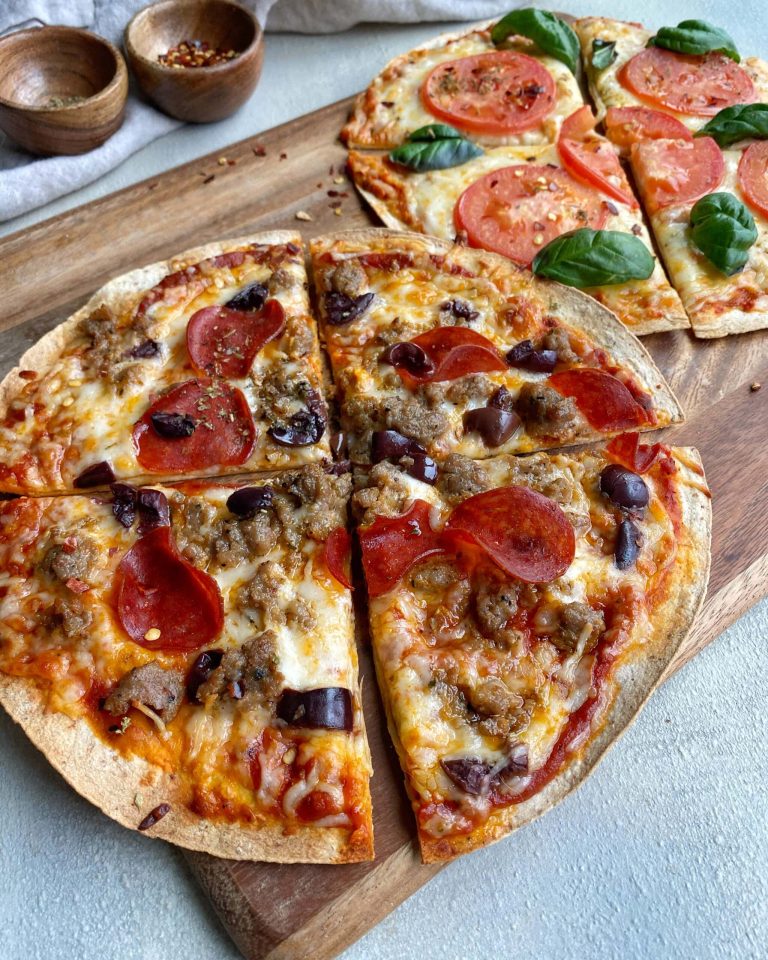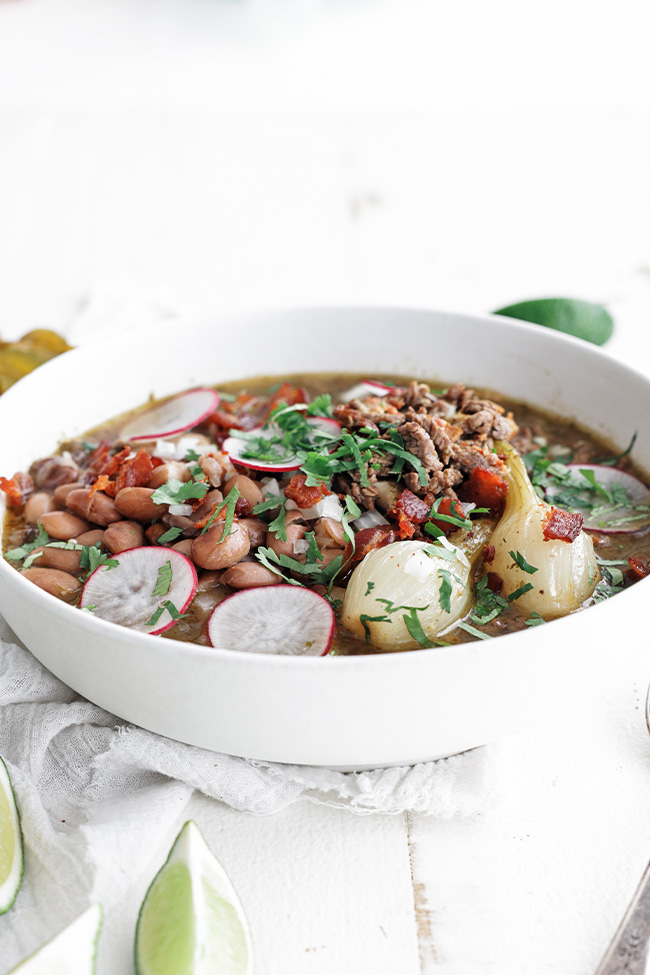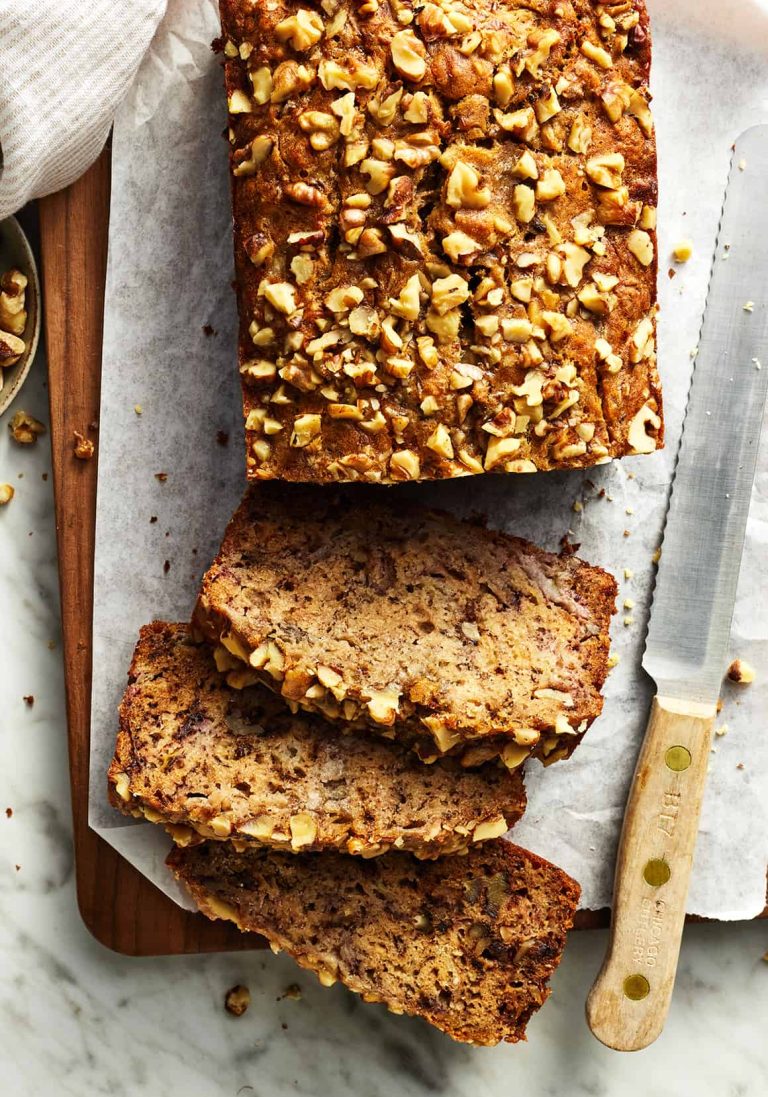Lamb Tagine Recipe
Lamb tagine traces back to North African Berber traditions. Berbers, indigenous to Morocco, first used tagines—conical clay pots—to cook meat and vegetables slowly over coals. This cooking method allowed even distribution of heat, retaining moisture and flavor. The introduction of spices like cumin, saffron, and cinnamon during the Arab conquest of the 7th century enriched the dish. Today, lamb tagine includes diverse ingredients like preserved lemons, olives, and dried fruits, reflecting Morocco’s culinary diversity.
Cultural Significance
Lamb tagine remains integral to Moroccan culture, symbolizing hospitality. Moroccan families often prepare this dish for celebrations, religious festivals, and family gatherings. Serving lamb tagine showcases your commitment to tradition and the importance of mealtime in Moroccan society. Each region of Morocco offers unique variations, emphasizing local ingredients and flavor profiles. Despite these differences, lamb tagine continually represents Morocco’s rich culinary heritage and community-focused dining experiences.
Key Ingredients in Lamb Tagine
Lamb and Its Preparations
Lamb serves as the primary protein in lamb tagine, providing rich flavors and tenderness. Choose cuts like shoulder, shank, or neck, which excel in slow cooking. Trim excess fat to avoid greasiness but leave some to keep the meat juicy. Marinate the lamb in a mixture of spices and olive oil for at least a few hours for best results, as this allows the flavors to penetrate deeply.
Spices and Aromatics
Spices define the distinct taste of lamb tagine, making it a hallmark of Moroccan cuisine. Key spices include cumin, coriander, ginger, turmeric, saffron, and cinnamon. Use fresh spices to ensure maximum flavor. Aromatics such as onions, garlic, and fresh herbs like cilantro and parsley enhance the dish’s complexity. Also, add preserved lemons and green olives to introduce tangy and salty notes, balancing the sweetness from dried fruits like apricots or dates.
Complementary Ingredients
Root vegetables like carrots and potatoes provide textural contrast, while chickpeas add protein and fiber. Raisins or prunes offer natural sweetness, harmonizing with the savory elements. Use tomatoes to add acidity and depth to the sauce.
These ingredients combine to make lamb tagine a nuanced, flavorful dish that embodies Moroccan culinary traditions.
Cooking Techniques
Traditional vs. Modern Methods
Traditional methods of cooking lamb tagine utilize a conical clay pot called a tagine, where the dish is slow-cooked over coals. This method allows for even cooking and helps retain moisture and flavor. The steam condenses on the lid, which then drips back into the dish, creating a self-basting effect.
Modern techniques may use electric slow cookers or stovetop pots instead of traditional clay vessels. While these methods offer convenience and faster cooking times, they may lack the unique flavor profile of the original cooking method. To emulate traditional slow-cooking results, you can use a tight-fitting lid to preserve moisture.
Importance of Slow Cooking
Slow cooking plays a crucial role in enhancing the flavors of lamb tagine. Cooking at a low temperature over a long period allows the meat to tenderize, and the spices to infuse deeply into the ingredients, creating a rich, layered taste. This method helps break down the connective tissues in tougher cuts of lamb, such as the shoulder or shank.
Without slow cooking, the lamb might remain tough, and the spices would not meld seamlessly into the dish. For optimal results, maintain a low simmer, ensuring the heat is evenly distributed throughout the cooking process.
Serving and Pairing Suggestions
Traditional Side Dishes
Complement lamb tagine with traditional Moroccan side dishes. Serve couscous, a fluffy semolina grain, as it absorbs the rich flavors of the stew. For added texture and zest, consider a Moroccan salad with tomatoes, cucumbers, red onions, and a lemon vinaigrette. Enhance your meal with freshly-baked flatbread (khobz) to scoop up the savory sauce. Include seasoned olives or a side of harissa, a spicy chili paste, for an extra kick.
Wine Pairing Options
Pair lamb tagine with wines that complement its rich, aromatic flavors. Consider a Grenache-based red wine from the Rhône region, offering fruit-forward notes to balance the spices. A full-bodied Syrah with peppery undertones also pairs well with the bold depth of the dish. For white wine enthusiasts, an off-dry Riesling or Gewürztraminer provides a slight sweetness to counteract the savory and spicy elements.
Health Benefits of Lamb Tagine
Nutritional Components
Lamb tagine is rich in essential nutrients. A key component, lamb, provides high-quality protein, helping to maintain muscle mass. Lamb is also a good source of vitamins B12 and B6, crucial for neurological function and red blood cell formation. Spices like turmeric and cumin offer anti-inflammatory properties, improving overall health. Vegetables and dried fruits add dietary fiber, aiding digestion and promoting gut health. Combined, these ingredients supply an array of antioxidants, vitamins, and minerals, enhancing your diet’s nutritional quality.
Dietary Considerations
Lamb tagine suits various dietary needs. It’s a protein-rich dish ideal for low-carb or paleo diets. When preparing, choose lean lamb cuts to reduce saturated fat intake, aligning with heart-healthy diets. For a balanced meal, serve with whole-grain couscous, providing complex carbohydrates and additional fiber. Gluten-free options are available using cauliflower rice or quinoa. If you’re managing sodium intake, limit salt and use fresh herbs and spices to maintain flavor. By adjusting ingredients, lamb tagine can fit diverse dietary preferences while still offering its characteristic rich taste and health benefits.
Conclusion
Lamb tagine offers a delightful blend of flavors and rich cultural heritage that’s hard to resist. By understanding the key ingredients and cooking techniques, you can create a dish that’s both delicious and nutritious. Whether you’re looking to indulge in traditional Moroccan cuisine or adapt the recipe to fit your dietary needs, lamb tagine provides versatility and health benefits. So go ahead and experiment with this iconic dish, and enjoy the culinary journey it brings to your table.
